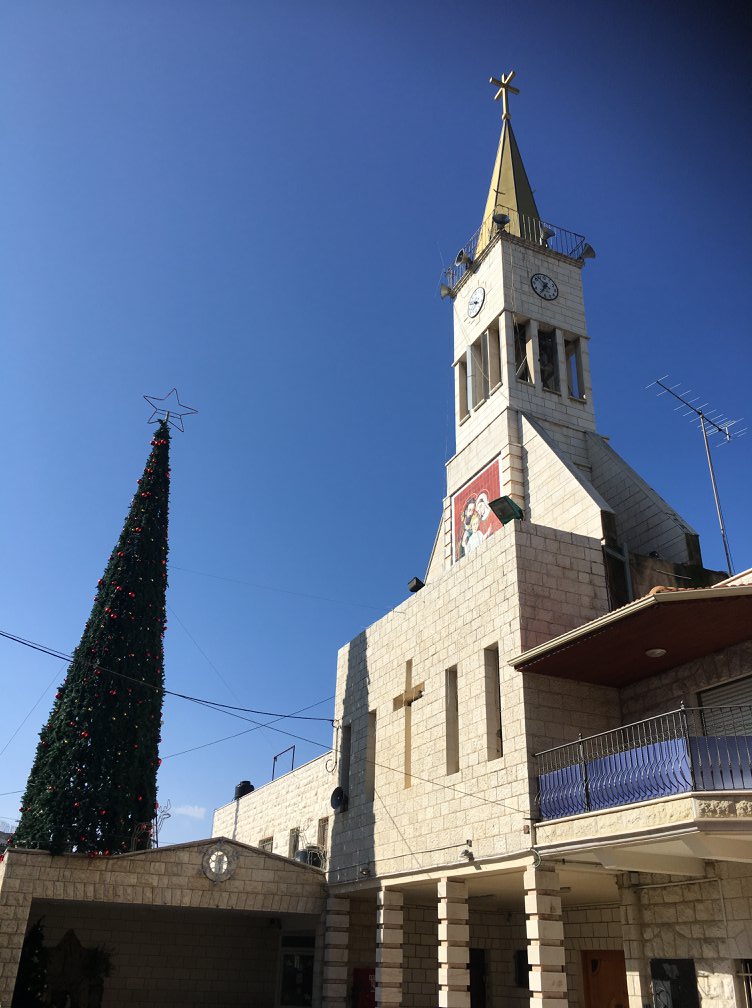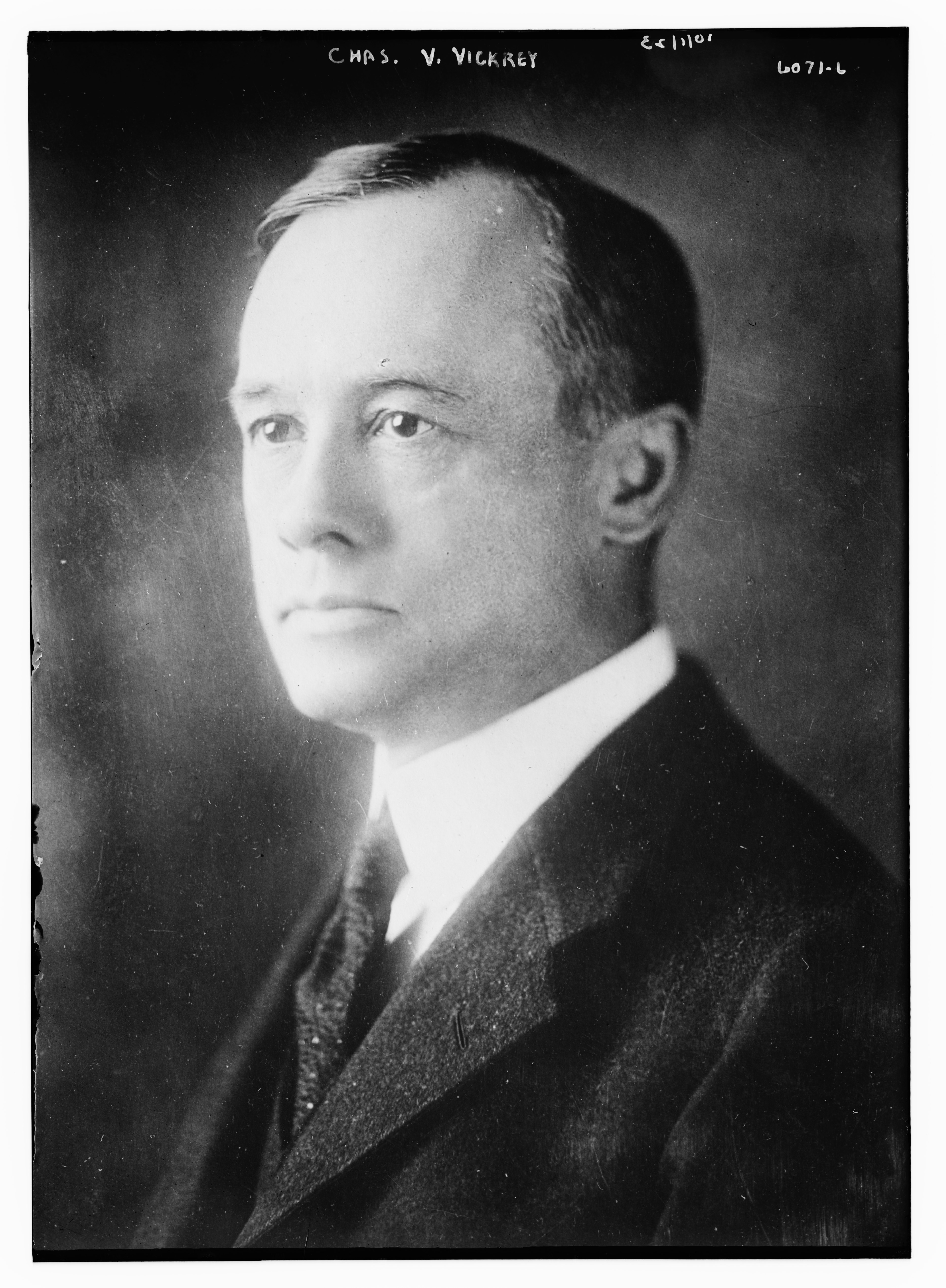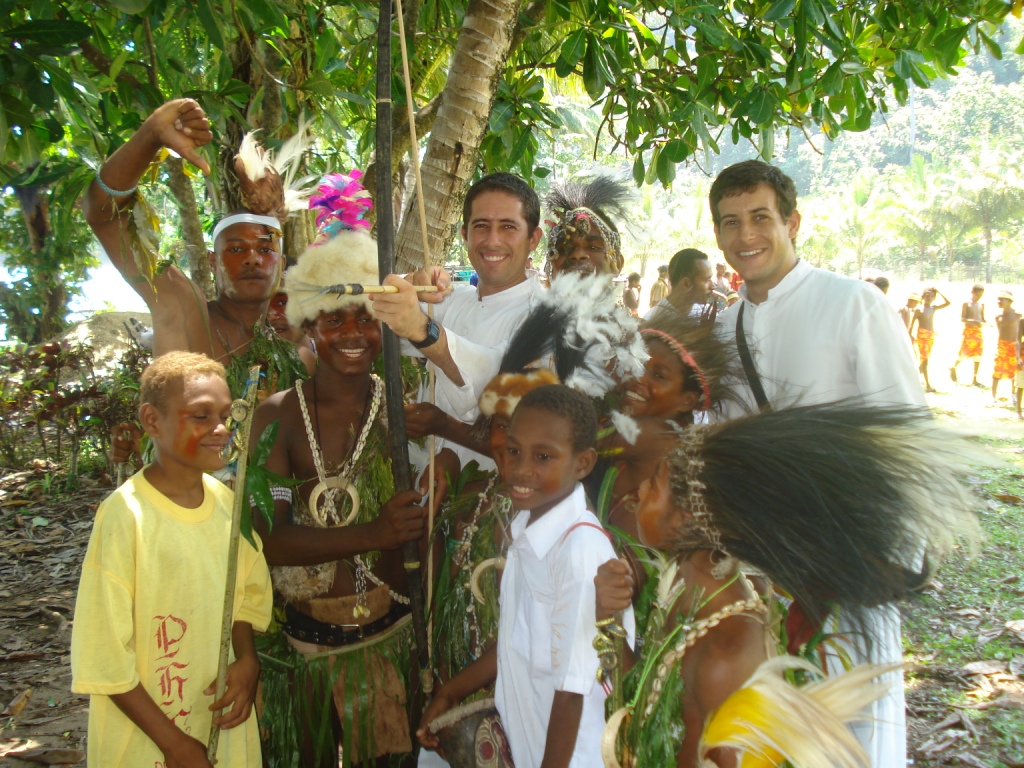|
1837 Galilee Earthquake
The Galilee earthquake of 1837, often called the Safed earthquake, shook the Galilee on January 1 and is one of a number of moderate to large events that have occurred along the Dead Sea Transform fault system that marks the boundary of two tectonic plates; the African plate on the west and the Arabian plate on the east. Intensity assessments for the event were VIII (''Damaging'') on the Medvedev–Sponheuer–Karnik scale and VIII (''Heavily damaging'') on the European Macroseismic Scale. A 1977 assessment of the event that was published in the ''Bulletin of the Seismological Society of America'' had the epicenter just north of the city of Safed and the magnitude of 6.25–6.5, but in 1997 seismologist Nicholas Ambraseys argued that the event may have been more substantial. The event was well-documented by the 19th-century missionary, archaeologist, and author William McClure Thomson. The region in which the earthquake occurred was formally part of the Ottoman Empire, but at ... [...More Info...] [...Related Items...] OR: [Wikipedia] [Google] [Baidu] |
Richter Magnitude
The Richter scale (), also called the Richter magnitude scale, Richter's magnitude scale, and the Gutenberg–Richter scale, is a measure of the strength of earthquakes, developed by Charles Richter in collaboration with Beno Gutenberg, and presented in Richter's landmark 1935 paper, where he called it the "magnitude scale". This was later revised and renamed the local magnitude scale, denoted as ML or .. Because of various shortcomings of the original scale, most seismological authorities now use other similar scales such as the moment magnitude scale () to report earthquake magnitudes, but much of the news media still erroneously refers to these as "Richter" magnitudes. All magnitude scales retain the logarithmic character of the original and are scaled to have roughly comparable numeric values (typically in the middle of the scale). Due to the variance in earthquakes, it is essential to understand the Richter scale uses common logarithms simply to make the measurements manage ... [...More Info...] [...Related Items...] OR: [Wikipedia] [Google] [Baidu] |
Baalbek
Baalbek (; ; ) is a city located east of the Litani River in Lebanon's Beqaa Valley, about northeast of Beirut. It is the capital of Baalbek-Hermel Governorate. In 1998, the city had a population of 82,608. Most of the population consists of Shi'a Islam in Lebanon, Shia Muslims, followed by Sunni Islam in Lebanon, Sunni Muslims and Christianity in Lebanon, Christians; in 2017, there was also a large presence of Refugees of the Syrian civil war, Syrian refugees. Baalbek has a history that dates back at least 11,000 years, encompassing significant periods such as Prehistory of Lebanon, Prehistoric, Canaanite, Hellenistic period, Hellenistic, and Phoenicia under Roman rule, Roman eras. After Alexander the Great conquered the city in 334 BCE, he renamed it Heliopolis (, Greek language, Greek for "Sun City"). The city flourished under Roman rule. However, it underwent transformations during the Historiography of the Christianization of the Roman Empire, Christianization period and t ... [...More Info...] [...Related Items...] OR: [Wikipedia] [Google] [Baidu] |
Rumaish
Reineh (; ) is an Arab citizens of Israel, Arab town in northern Israel. Located in the Galilee,Mokary, 2017Er-Reina/ref> between Nazareth and Kafr Kanna, Qana of Galilee, it attained Local council (Israel), local council status in 1968. In it had a population of , the majority of whom are Muslims (85%), with a significant Christianity in Israel, Christian minority (15%). History Archaeological remains dating from the Bronze Age#Near East timeline, Middle Bronze Age,Zidan, 2016Er-Reina (North), Highway 79/ref> Achaemenid Empire, Persian period (fifth–fourth centuries BCE), Hellenistic period, Hellenistic (second century BCE), Early and Middle Roman Empire, Roman period (first century BCE and second century CE)Jaffe, 2012Er-Reina/ref>Kapul, 2018Er-Reina/ref> Byzantine Empire, Byzantine, Bilad al-Sham, early Islamic period, Kingdom of Jerusalem, Crusader and Mamluk Sultanate (Cairo), MamlukBisharat, 2017Er-Reina/ref> have been found here. A 2,000-year-old Jews, Jewish workshop for ... [...More Info...] [...Related Items...] OR: [Wikipedia] [Google] [Baidu] |
Tyre, Lebanon
Tyre (; ; ; ; ) is a city in Lebanon, and one of the List of oldest continuously inhabited cities, oldest continuously inhabited cities in the world. It was one of the earliest Phoenician metropolises and the legendary birthplace of Europa (consort of Zeus), Europa, her brothers Cadmus and Phoenix (son of Agenor), Phoenix, and Carthage's founder Dido (Elissa). The city has many ancient sites, including the Tyre Hippodrome, and was added as a whole to the list of UNESCO World Heritage Sites in 1984. The historian Ernest Renan noted that "One can call Tyre a city of ruins, built out of ruins". Tyre is the fifth-largest city in Lebanon after Beirut, Tripoli, Lebanon, Tripoli, Sidon, and Baalbek. It is the capital of the Tyre District in the South Governorate. There were approximately 200,000 inhabitants in the Tyre urban area in 2016, including many refugees, as the city hosts three of the twelve Palestinian refugee camps in Lebanon: Burj el-Shamali, Burj El Shimali, El-Buss refugee ... [...More Info...] [...Related Items...] OR: [Wikipedia] [Google] [Baidu] |
Sidon
Sidon ( ) or better known as Saida ( ; ) is the third-largest city in Lebanon. It is located on the Mediterranean Sea, Mediterranean coast in the South Governorate, Lebanon, South Governorate, of which it is the capital. Tyre, Lebanon, Tyre, to the south, and the Lebanese capital of Beirut, to the north, are both about away. Sidon has a population of about 80,000 within the city limits, while its metropolitan area has more than a quarter-million inhabitants. Etymology The Phoenician language, Phoenician name (, ) probably meant "fishery" or "fishing town". It is mentioned in Papyrus Anastasi I as ''ḏjdwnꜣ''. It appears in Biblical Hebrew as () and in Classical Syriac, Syriac as (). This was hellenization, Hellenised as (), which was latinization of names, Latinised as and entered English in this form. The name appears in Classical Arabic as () and in Modern Standard Arabic, Modern Arabic as (). As a Colonia (Roman), Roman colony, it was notionally refounded and ... [...More Info...] [...Related Items...] OR: [Wikipedia] [Google] [Baidu] |
The Times
''The Times'' is a British Newspaper#Daily, daily Newspaper#National, national newspaper based in London. It began in 1785 under the title ''The Daily Universal Register'', adopting its modern name on 1 January 1788. ''The Times'' and its sister paper ''The Sunday Times'' (founded in 1821), are published by Times Media, since 1981 a subsidiary of News UK, in turn wholly owned by News Corp. ''The Times'' and ''The Sunday Times'' were founded independently and have had common ownership only since 1966. It is considered a newspaper of record in the UK. ''The Times'' was the first newspaper to bear that name, inspiring numerous other papers around the world. In countries where these other titles are popular, the newspaper is often referred to as or , although the newspaper is of national scope and distribution. ''The Times'' had an average daily circulation of 365,880 in March 2020; in the same period, ''The Sunday Times'' had an average weekly circulation of 647,622. The two ... [...More Info...] [...Related Items...] OR: [Wikipedia] [Google] [Baidu] |
Young People's Missionary Movement
Young People's Missionary Movement of the United States and Canada (commonly, Young People's Missionary Movement, or simply, Movement) was an American publisher of Christian missionary educational literature and provider of missionary studies through conferences, institutes, and other types of training. It was an interdenominational Protestant organization focused on the needs of young people. Established in 1901, the Young People's Missionary Movement was incorporated at Silver Bay, New York on July 18, 1902. The office of the Movement was first opened in New York City in January, 1903. The organization evolved into the Missionary Education Movement of the United States and Canada in 1911, under an expanded scope. History Many factors had for years been contributing to a quickening of missionary interest among the young people's societies of the Protestant churches. Among these forces may be mentioned the influence of the Student Young Men's Christian Association (YMCA), founded ... [...More Info...] [...Related Items...] OR: [Wikipedia] [Google] [Baidu] |
Egyptian–Ottoman War (1831–1833)
The First Egyptian–Ottoman War or First Syrian War (1831–1833) was a military conflict between the Ottoman Empire and Egypt Eyalet, Egypt brought about by Muhammad Ali of Egypt, Muhammad Ali Pasha's demand to the Sublime Porte for control of Syria (region), Greater Syria, as reward for aiding the Sultan during the Greek War of Independence. As a result, Egyptian forces temporarily gained control of Syria, advancing as far north as Kütahya. Background Muhammad Ali Pasha of Egypt is recorded as planning to extend his rule to the Ottoman Empire's Syrian provinces as early as 1812, secretly telling the British consul of his designs on the territory that year.E.R. Toledano. (2012). "Muhammad Ali Pasha." ''Encyclopedia of Islam, Second Edition''. This desire was left on hold, however, as he consolidated his rule over Egypt, modernizing its government administration, public services, and armed forces, and suppressing various rebellions, including Mamluk and Wahhabi War, Wahhabi ... [...More Info...] [...Related Items...] OR: [Wikipedia] [Google] [Baidu] |
Southern Syria
Southern Syria () is a geographical term referring to the southern portion of either the Ottoman-period Vilayet of Syria, or the modern-day Arab Republic of Syria. The term was used in the Arabic language primarily from 1919 until the end of the Franco-Syrian war in July 1920, during which the Arab Kingdom of Syria existed.Gerber, ''Remembering and Imagining Palestine: Identity and Nationalism from the Crusades to the Present'', MacMillan, 2008, pp.165–166: “It is interesting that even as late as 1918 Palestine was regarded as an independent entity. Syria was not seen as a mother-country. The idea of amalgamation was to emerge about a month later, following a strenuous campaign by its supporters. But the documents relating to the initiation of the proposed fusion show what was newly constructed and what was the original (and traditional) mode of self-perception. Thus, the document that speaks about the election of candidates to the first Palestinian congress starts by sayi ... [...More Info...] [...Related Items...] OR: [Wikipedia] [Google] [Baidu] |
Ibrahim Pasha Of Egypt
Ibrahim Pasha ( ''Ibrāhīm Bāshā''; 1789 – 10 November 1848) was an Egyptian general and politician; he was the commander of both the Egyptian and Ottoman armies and the eldest son of Muhammad Ali, the Ottoman Wāli and unrecognized Khedive of Egypt and Sudan. He was the second ruler of Egypt from the Muhammad Ali Dynasty and ruled from 20 July 1848 to 10 November 1848. Ibrahim served as a general in the Egyptian army that his father established during his reign, taking his first command of Egyptian forces when he was merely a teenager. In the final year of his life, he was appointed Regent for his still-living father and became the effective ruler of Egypt and Sudan, owing to the latter's ill health. His rule also extended over the other dominions that his father had brought under Egyptian rule, namely Syria, Hejaz, Morea, Thasos, and Crete. Ibrahim pre-deceased his father, dying 10 November 1848, only four months after rising to power. He was succeeded as Regent by his n ... [...More Info...] [...Related Items...] OR: [Wikipedia] [Google] [Baidu] |
Missionary
A missionary is a member of a Religious denomination, religious group who is sent into an area in order to promote its faith or provide services to people, such as education, literacy, social justice, health care, and economic development.Thomas Hale 'On Being a Missionary' 2003, William Carey Library Pub, . In the Bible translations into Latin, Latin translation of the Bible, Jesus, Jesus Christ says the word when he sends the disciples into areas and commands them to preach the gospel in his name. The term is most commonly used in reference to Christian missions, but it can also be used in reference to any creed or ideology. The word ''mission'' originated in 1598 when Jesuits, the members of the Society of Jesus sent members abroad, derived from the Latin (nominative case, nom. ), meaning 'act of sending' or , meaning 'to send'. By religion Buddhist missions The first Buddhist missionaries were called "Dharma Bhanaks", and some see a missionary charge in the symbolism ... [...More Info...] [...Related Items...] OR: [Wikipedia] [Google] [Baidu] |
Beirut
Beirut ( ; ) is the Capital city, capital and largest city of Lebanon. , Greater Beirut has a population of 2.5 million, just under half of Lebanon's population, which makes it the List of largest cities in the Levant region by population, fourth-largest city in the Levant region and the List of largest cities in the Arab world, sixteenth-largest in the Arab world. The city is situated on a peninsula at the midpoint of Lebanon's Mediterranean Sea, Mediterranean coast. Beirut has been inhabited for more than 5,000 years, making it one of the List of oldest continuously inhabited cities, oldest cities in the world. Beirut is Lebanon's seat of government and plays a central role in the Economy of Lebanon, Lebanese economy, with many banks and corporations based in the city. Beirut is an important Port of Beirut, seaport for the country and region, and rated a Global City, Beta- World City by the Globalization and World Cities Research Network. Beirut was severely damaged by ... [...More Info...] [...Related Items...] OR: [Wikipedia] [Google] [Baidu] |









